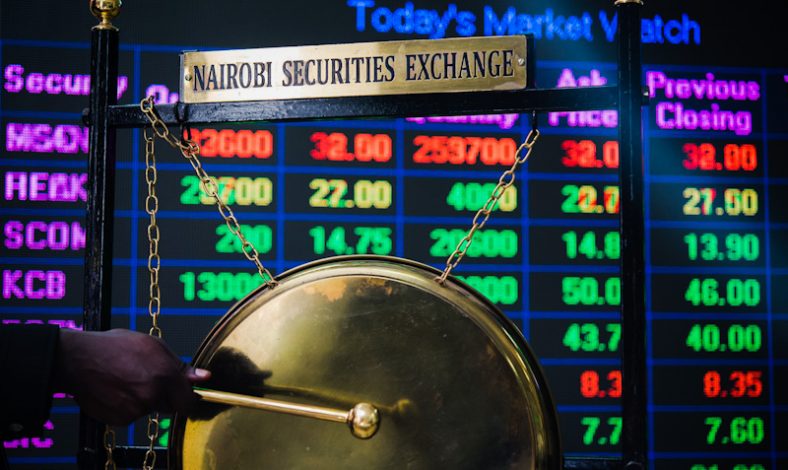I am used to first time NSE investors asking me about which shares to buy. That is exactly what happened when my younger sister approached me about opening a brokerage account.
Having reassured her that you can never be too young to start investing — perhaps we can cover this topic in a future insight — I posed to her the most important questions she needed to ask herself before making her first investment:
- What is her risk tolerance?
- What is her long-term goal?
- What is there a company she really loves and believes in?
- How does the company’s balance sheet look?
- Does it pay a dividend?
- Does it have a moat?
A moat is what Warren Buffet calls a durable competitive advantage for instance, it is not easy to come up with a new product and replace M-PESA.
Most importantly for a first-time investor, I asked her to identify her ‘anchor stock’ — a company she loves and understands better than any other.
I believe that this should be the first investment you make because it is one you’ll be proud to hold on to forever, it can weather economic downturns, and you can build your entire portfolio around it.
Here are the characteristics of an anchor stock:
- It’s a stock you will continue to top up forever and never sell.
- It is usually a large or mega-cap stock such as Safaricom or EABL meaning that it’s stock price movement is not volatile, quite literally ‘anchoring’ your portfolio.
- It pays or has the potential to pay strong dividends, which in turn can be reinvested into your portfolio or used as income later in your investing life.
- It’s a stock that represents the largest portion of your portfolio.
Some of you may already have anchor stocks and not even be aware of it, but it’s important to identify one that you can rely upon with a long-term plan in mind for a number of reasons:
By building a strong core in your portfolio, it allows you to assess your own tolerance for risk. If you are an investor who likes to ‘put it all on red’ with a number of high risks, high reward investments, then an anchor is a great way of mitigating against the downsides of these risks.
For every investment in the likes of Longhorn, Kengen, you should also be investing as much — if not more — in your anchor stocks. This can minimize the damage in case these riskier businesses fall on hard times, as well as diversify your portfolio.
This way, should the market enter a volatile stage as it has done in 2020, when those riskier stocks begin flashing red, your less volatile ‘anchors’ will keep your portfolio from plummeting.
Although it might sound counterintuitive to a risky strategy, it will actually give you a strong base from which you are able to invest in riskier endeavors, knowing that your anchor can act as a safety-net of sorts for that behavior.
Another important piece of information you can glean from your anchor is whether it will help you achieve your long-term financial goals. Ther is no harm to have one or more anchor stocks who have already had long-term, consistent annual growth and see how it lines up with your own plan.
Before that, however, she needs to understand the power of compounding and the fact that in the short term, prices of shares move up and down but in the long run, they reflect the value of the companies
Personally, my anchor stock was Equity Bank.




